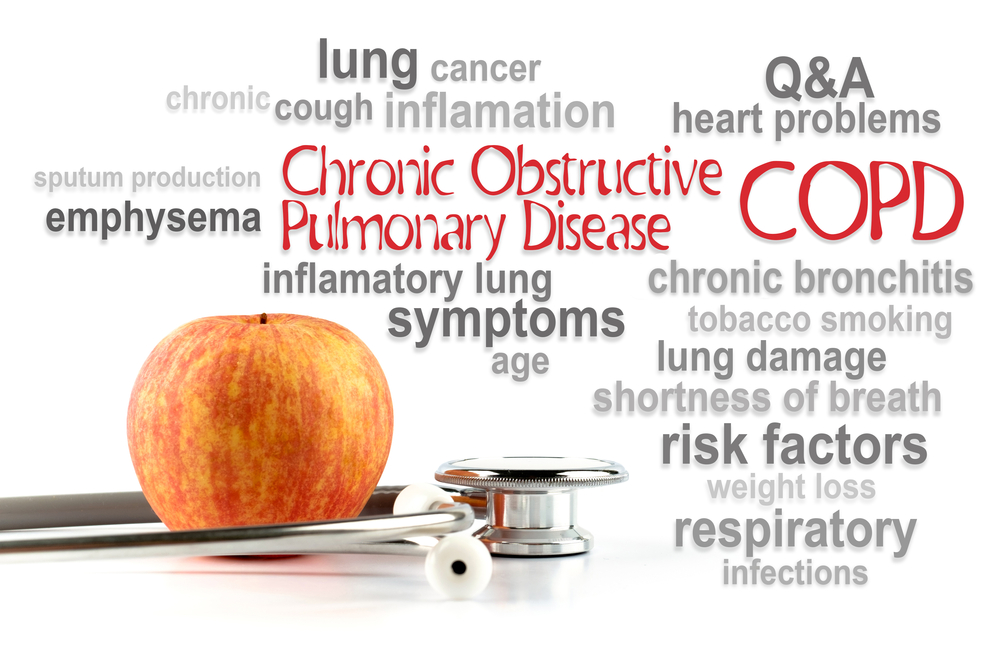Published November 8, 2021 in newsnetwork.mayoclinic
By Laurel Kelly
November is National COPD Awareness Month, which makes this a good time to learn more about the risk factors for chronic obstructive pulmonary disease (COPD) and what you can do to keep yourself safe.
COPD is the third leading cause of death by disease in the U.S., with more than 16.4 million people living with the disease, according to the American Lung Association.
This chronic inflammatory lung disease is caused by long-term exposure to irritating gases or particulate matter, most often from cigarette smoke. People with COPD are at increased risk of developing heart disease, lung cancer, pulmonary hypertension and depression. Also, if you have a chronic lung disease such as COPD, you may be at greater risk of severe illness and complications from COVID-19.
COPD symptoms often don’t appear until significant lung damage has occurred, and they usually worsen over time, particularly if cigarette smoke exposure continues. Signs and symptoms of COPD can include shortness of breath, wheezing, chest tightness, frequent respiratory infections and unintended weight loss.
Factors that can increase your risk of COPD include:
- Exposure to tobacco smoke
The most significant risk factor for COPD is long-term cigarette smoking. The more years you smoke and the more packs you smoke, the greater your risk. Pipe smokers, cigar smokers and marijuana smokers also may be at risk, as well as people exposed to large amounts of secondhand smoke. - Asthma
Asthma, a chronic inflammatory airway disease, may be a risk factor for developing COPD. The combination of asthma and smoking increases the risk of COPD even more. - Occupational exposure to dusts and chemicals
Long-term exposure to chemical fumes, vapors and dusts in the workplace can irritate and inflame your lungs. - Exposure to fumes from burning fuel
People exposed to fumes from burning fuel for cooking and heating in poorly ventilated homes are at higher risk of developing COPD. - Genetics
The uncommon genetic disorder alpha-1-antitrypsin deficiency causes some cases of COPD. Other genetic factors likely make certain smokers more susceptible to the disease.
Unlike some diseases, COPD typically has a clear cause and a clear path of prevention, and there are ways to slow the progression of the disease. The best way to prevent COPD is to never smoke or to stop smoking now.
If you’re a longtime smoker, you may have tried quitting many times and realize how hard it can be to quit smoking. But keep trying to quit. It’s critical to find a tobacco cessation program that can help you quit for good. It’s your best chance for reducing damage to your lungs.
Connect with others talking about living with COPD in the Lung Health support group on Mayo Clinic Connect, an online patient community moderated by Mayo Clinic.




